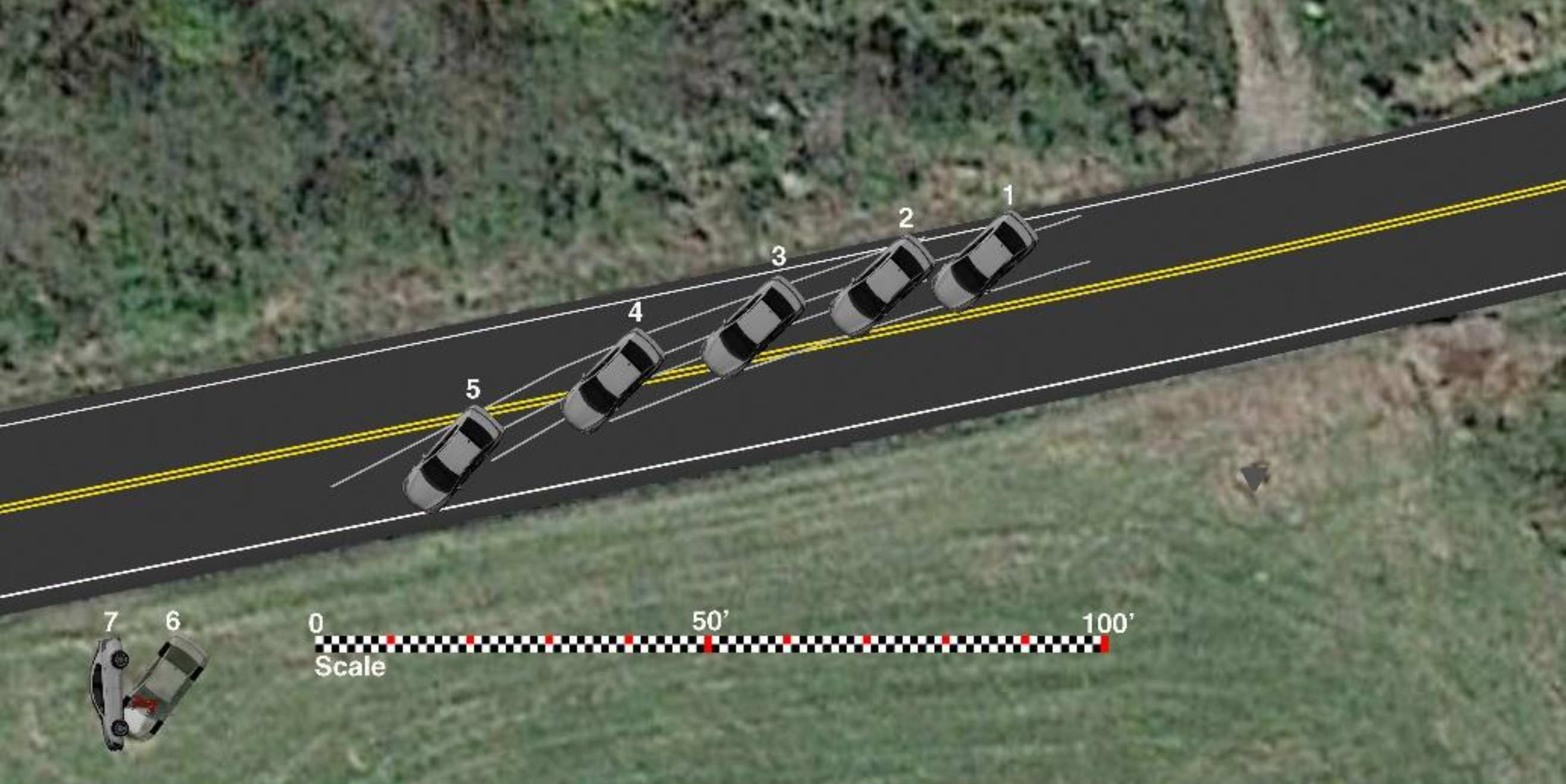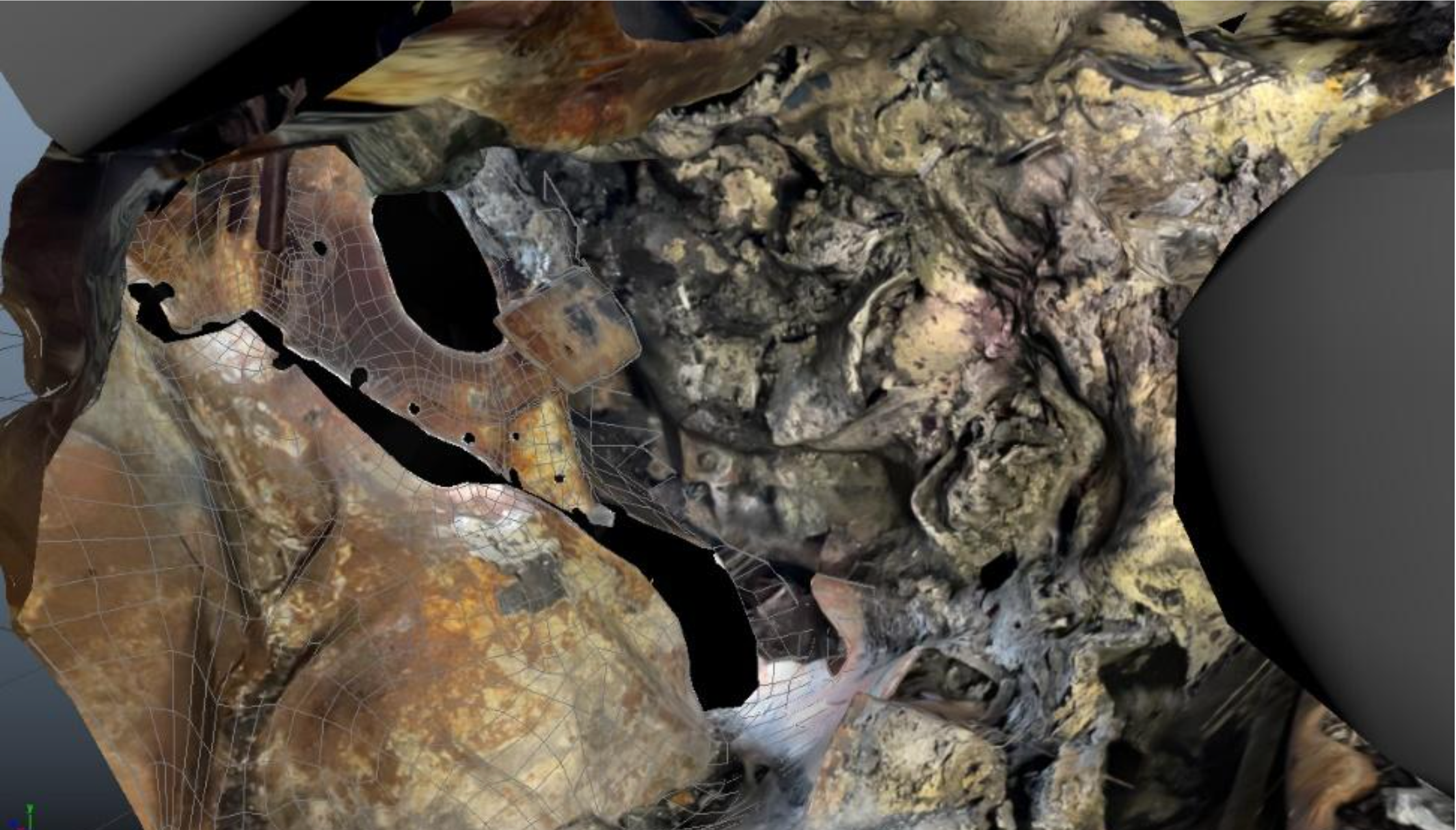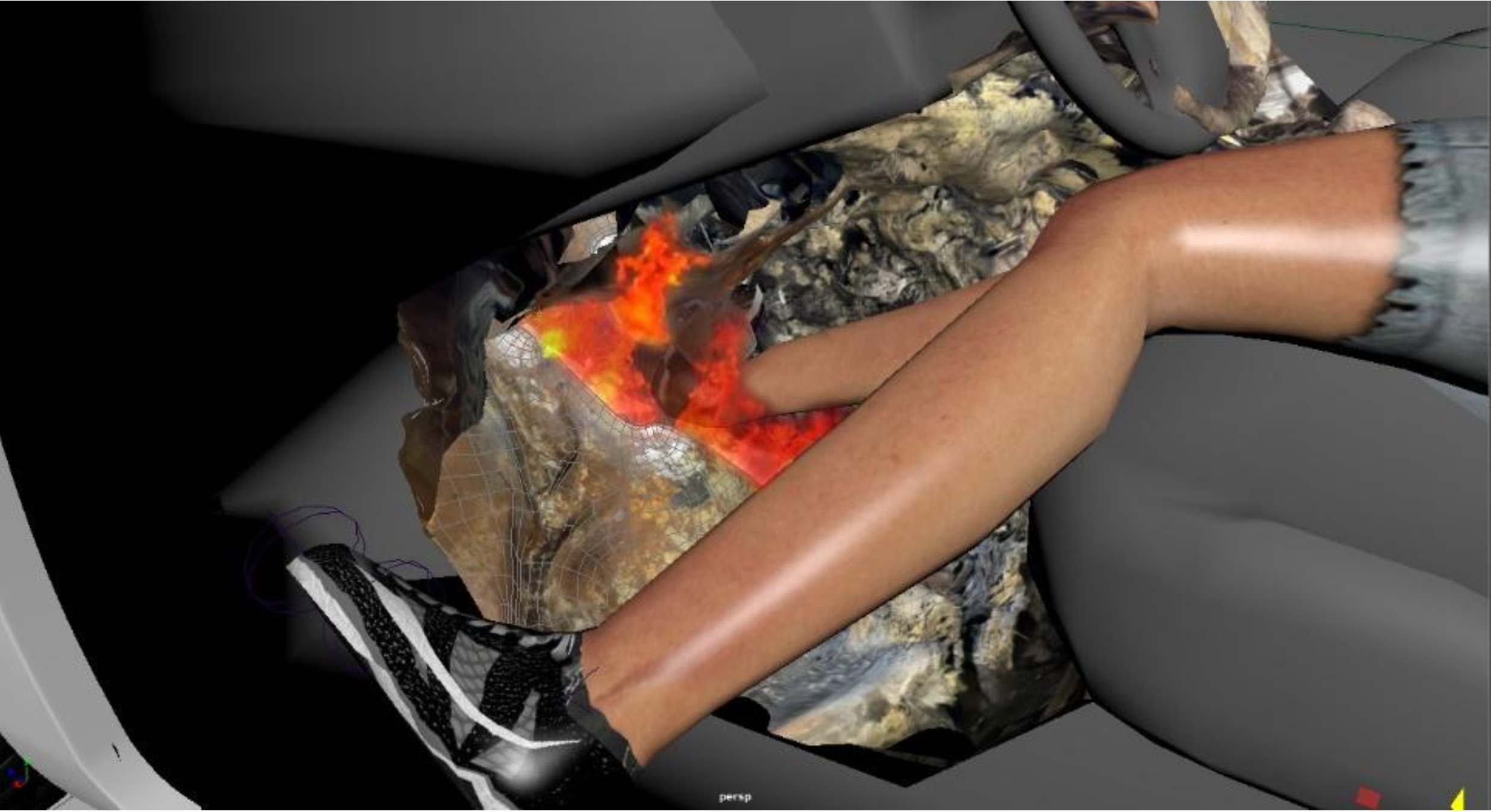A multiple-million dollar settlement was reached for a well-deserving, horribly burned client who was trapped in her car—her feet were stuck under the floorboard because of crash deformation—after a one-vehicle crash. This settlement involved payments by governmental agencies and the client’s vehicle manufacturer.
One evening, our young client was driving home from work when the right tires slipped off the road and into a small ditch, causing her to steer hard to the left and slide off the highway and into a grassy field. The front of the car hit a concrete light pole base and then rolled over onto its side and then an engine fire ensued.

Before she was extricated from her car, she had suffered severe third-degree burns over 60% of her body.
The governmental entities contributed their full coverage to the settlement. In fact, two municipal defendants who had co-equal responsibility for the roadway and off-road property contributed almost twice their statutory limit.
The case against the vehicle manufacturer evolved into what we call “an escape-ability” design defect case. While it was not possible to determine the engine component that caused flammable liquid leakage and a fire, our team theorized that our client was trapped in her car because of the failure of structure to minimize the collapse of the floorboard surrounding her feet and legs. Illustrations below show photographs and computer images of the measured intrusion, the gaping holes created by the failure of the metal structure between the engine and the occupant seating area and our client’s trapped leg as the fire spread into the occupant compartment.


With the help of a team of experts, we put together a very persuasive claim of product defect. Most post-crash fires are the result of frontal collisions and the ignition of flammable materials or fuel leaked in the engine compartment during the collision. Engine fires are typically slow burning and occupants often escape without any harm; that is in contrast to rear end collisions when the fuel tank is punctured and large fires occur almost instantaneously. It is for this reason, that many car companies have established both “intrusion/deformation requirements” and “escapability design criteria” for frontal crashes. Crashworthy vehicles are designed so that in 35 mph frontal barrier tests there will be no separation of the body’s structural compoents. Further, vehicles must be designed so that a maximum permissible intrusion in the “footwell area” is less than 3 inches. Likewise, it is appropriate to design vehicles so that in 35 mph front barrier crashes, the front doors must be openable after the test. These design parameters assure manufacturers that if the occupants are not seriously injured by the crash, they can escape before an ensuing engine fire spreads to the occupant comparment. These design parameters were not met here and, therefore, we were fortunate to provide our client with fair compensation to help her back on her road to recovery.

